There’s a point at 7,000 rpm where everything fades. The machine becomes weightless - just disappears. And all that’s left is a body moving through space and time. 7000 rpm, that’s where you meet it. It asks you a question - the only question that matters: Who are you?
-Carroll Shelby (Matt Damon in Ford v Ferrari)
I started writing From Fred Astaire to Sun Ra over four years ago.
It was intended as a way for others to discover jazz by writing about my jazz journey, which began in the 1970s in my basement as a kid watching old movies on our black-and-white TV. I don’t always write just about jazz though.
Sometimes I write about cars - mostly from movies, like Stanley Kramer’s 1959 film On the Beach.
Fred Astaire’s musicals are my earliest memory of hearing sounds I later associated with jazz; however, he did not dance in this film. He played an Australian scientist.
Here’s a lobby card from the film that I sent to Astaire in 1977, which he signed and sent back to me:
As shown in this video from On the Beach, Astaire also raced at the Australian Grand Prix - there is some incredible stunt work in this scene:
At the 45-second minute mark of that video, the number 9 car on the far left is a Doretti-Buick combination, known as the "Buretti." Here’s a still of it:
The Buretti was built by the 1950s Hollywood engine-swap expert Max Balchowsky.
WWII had a massive effect on automobile racing in the U.S. because many young men came home from the war with extensive exposure to machinery. They were restless, had some money in their pockets, and wanted to go racing. One of those restless, mechanically inclined vets was Balchowsky, who had been a belly gunner in the turret of a B24 Liberator.
Originally from rural West Virginia, Balchowsky settled in Los Angeles after the war and became a mechanic. He soon met his future wife, Ina Wilson, and together, they opened Hollywood Motors at 4905 Hollywood Boulevard, which specialized in custom-made race cars.
In Hollywood Motors, Balchowsky studied, repaired, and improved technically sophisticated, expensive racing cars from Europe. However, he was convinced that by using his ingenuity and cheap junkyard parts, he could build a faster car and beat them at their own game.
He soon developed what could be called the first “hot rod” to run in sports car races. One of his rivals was Dick Morgensen, who built the Morgenson Special. However, the first time Margaret Pritchard raced his Morgenson Special at Torrey Pines, she suffered a fatal crash. Morgensen sold the car to the Balchowskys, who then rebuilt it using junkyard parts. They called it Old Yeller. It was fast and shocked the racing world by breaking the track record at the 10th Santa Barbara Sports Car Road Races in 1958. Their Old Yeller II, built in just seven weeks at Hollywood Motors, was even faster and became a phenomenon on the 1959 and 1960 race circuits, until technology slowly passed them by. That’s when the Balchowskys turned their attention to souping up cars for Hollywood films.
Using his connections at Hollywood Motors, Blachowsky provided cars for movies like the 1964 Viva Las Vegas starring Elvis Presley and the 1968 film Bullitt starring Steve McQueen. For the film, Max modified the two Mustangs and two Chargers seen in this video:
In 1962, up-and-coming local California racer Dave MacDonald was looking to move out of the stock class he was dominating and wanted more, and that’s where this story begins…
This week on that Big River called Jazz we’ll dig in our paddles and explore the world of legendary racer Dave MacDonald’s journey from his 00 Corvette Special to the Indy 500.
Dave MacDonald grew up in El Monte, California. His first car was a fast 1953 Cadillac. But when Chevy put the small-block 265 into the ‘55 Corvette, 19-year-old MacDonald had to have one. He saved his money and a year later, bought his first Corvette, a Gypsy Red ‘55 Corvette:
The Caddy was fast, and he did some street racing with it, but it was on the dragstrips of Southern California running a stock Corvette that he began his career as a drag racer. Between 1956 and 1959, he won nearly 100 trophies and six standing start speed records in ¼ and ½ mile speed trials.
He moved to the road racing circuit in 1960, and in February, had his first official race as a team driver for Don Steves Chevrolet at Willow Springs Raceway and won the Sunday main event. But MacDonald had his eyes on higher prizes.
For the 1962 season, MacDonald decided to hook up with Corvette dealer Jim Simpson and the Balchowskys from Hollywood Motors to design and build by hand from the ground up a new sports car - the 00 Corvette Special. Here they are working on the 00 Corvette Special in Hollywood Motors:
Here’s an early photo of MacDonald on the left, alongside the 00 Corvette Special:
In its first race against Maseratis, Porsches, Ferraris, and other one-of-a-kind European race cars, MacDonald’s 00 Corvette Special dominated the 1962 modified race season; however, his biggest race that season would be the Riverside 3-Hour Endurance Race against Ford’s new AC Cobra, the brainchild of American Carroll Shelby, who after winning the 1959 24 Hours of Le Mans was forced to retire due to a medical condition.
In 1961, he founded the Shelby School of High Performance Driving at Riverside International Raceway near Los Angeles and hired Peter Brock as his first paid employee. Brock worked for Max at Hollywood Motors shop during the day and on his race car at night.
After high school, Brock attended Stanford but dropped out to attend Art Center School in Los Angeles. At age 19, while still attending Art Center School, Brock became one of the youngest designers ever hired by General Motors' Styling design department and in November 1957 drew the sketch GM VP of Design Bill Mitchell picked for the design of the 2nd generation (C2) Corvette, the Corvette Stingray. From there, Brock returned to California and Shelby hired him.
Incidentally, Peter Brock was also an innovator in hang gliding. He first learned about hang gliding in 1972 on the west end of LAX airport, where a huge electrical power plant was being built. The resulting mound of sand excavated for its foundation became the playground that inspired an innovative community of hippies to build some of California’s first Rogallo-type flex-wing hang gliders:
According to Brock, the dune was less than 200 feet high, and its slope coincided perfectly with the glide ratio of these early gliders - meaning it was relatively safe. Brock would watch the hippies during his work breaks and was fascinated. He soon joined them and went on to found the largest hang gliding manufacturing company in the world, winning week-long world hang gliders championships in Owens Valley six times in a row.
Check out this classic video of Brock's custom 1971 Hang Glider Transporter VW Bus with a GM V8 engine, which sold at auction for only $27,500 at the SHIFT/Monterey auction in 2020:
Back to car racing. In 1962, Shelby founded Shelby America in Venice, California, where he started to design a new sports car using engines supplied by Ford. Shelby’s new car, the Cobra, made its debut at Riverside in 1962.
MacDonald’s success with the 00 Corvette Special against Shelby’s Cobra at the Riverside 3-Hour Endurance Race captured Shelby’s eye. He offered MacDonald a driver’s job for the 1963 season, and MacDonald agreed.
Racing Shelby’s 289 Cobras arrived, MacDonald dominated their class, taking 13 checkered flags in 23 races and three second-place wins. However, MacDonald still had bigger plans. According to his wife, MacDonald’s goal was always to race at the Indy 500, and in 1964, racing icon Mickey Thompson offered him the chance.
Micky Thompson achieved international fame in 1960 when he became the first American to break the 400-mph barrier, driving his Challenger 1 to a one-way top speed of 406.60 mph at the Bonneville Salt Flats. When Thompson approached him with the chance to race at Indy, like most aspiring racers who wanted to move up to faster cars and bigger races, MacDonald accepted the offer without hesitation. So off to Indianapolis, he went.
The 48th International 500-Mile Sweepstakes was held at the Indianapolis Motor Speedway in Speedway, Indiana on Saturday, May 30, 1964. However, coming off turn four on the second lap MacDonald’s “Sears Allstate Special" Ford lost control and slammed into the inside wall and in a flaming inferno ricocheted back on the track into oncoming traffic. Driver Eddie Sachs crashed into his car and was killed instantly. MacDonald passed away later that day.
Here’s a video from that tragic day, when they stopped the Indy 500 for the first time in race history:
The crash devasted MacDonald’s wife Sherry, who refused to return to any racetracks after his passing. She only returned to racing circles after their son Rich started a memorial website for his father. For the 100th Running of the Indy 500 in 2016, she returned to Indianapolis for the first time. Joined by her son and Eddie Sachs Jr., they finally gained some closure from that horrible day.
Here’s one more for the road. Earlier in 1964, Dave MacDonald spent seven days in the California desert with Eddie Sachs, Mickey Thompson, Billy Krause, and other racers during the filming of Universal Pictures’ The Lively Set:
The film starred James Darren, Pamela Tiffin, and Doug McClure, with MacDonald playing himself as a stunt driver. Here is MacDonald on the left and Mickey Thompson on the hoods of their movie cars:
Out of respect for MacDonald’s tragic death, the film's July release was delayed until October, and his scenes were heavily edited except for a short cameo with James Darren. Neither MacDonald nor Sachs’s names appeared in the on-screen credits.
Some years later, MacDonald's son Rich contacted Darren to put his father's name in the Internet Movie Database (IMDB). In a January 5, 2021, Facebook post, MacDonald’s son Rich wrote:
I tried for years to get my father an IMDB credit, to no avail. Spoke with them many times and sent newsclippings, photos, video screenshots, residual checks, everything! No luck. Evidently he wasn’t listed in 1964 documents from Universal so IMDBs hands were tied. Nowhere else to turn I reached out to James Darren - Moondoggie! He remembered my father as soft spoken and polite and really enjoyed working with him. He said “Don’t lose another minute of sleep, I’ll take care of this and your father will get his credit”. THREE DAYS later my father’s IMDB application was approved and he was given an ‘uncredited’ listing! Thank you Moondoggie!
What an incredible act of love from a son for his father.
Every Sunday on Memorial Day weekend, when I watch the Indy 500, I always remember and honor that tragic day in 1964 when Eddie Sachs and Dave MacDonald passed away.
Now, when I hear “Gentlemen, start your engines” at the Indy 500, I say a prayer for Eddie Sachs and Dave MacDonald.
Next Sunday, June 1st, another journey begins for me.
When she was 16, my mom left home to become a nanny for a rich, foreign family in London. A few years later she met and married my dad, an American Airman stationed in London during the Korean War. They were married, had a son, and moved back to the U.S., settling in Boulder, Colorado. I was born years later in the summer of 1962 in Sacramento, California, and grew up basically in a non-musical family.
By chance one day in the mid-1970s I picked up a harmonica from my brother’s desk and discovered music. Although I didn’t know it, that’s when I officially jumped into a canoe and started my long journey down that Big River called Jazz.
Next week, a half-century from that day, I jump back into a canoe and start another journey - this time down the Mississippi River toward New Orleans. Along that journey, I’ll continue to report on the musical sights and sounds both old and new of that Big River…
Please hit this link to buy me a cup of coffee, if you’d like to show your guide some appreciation for this and past journeys. Know in advance that I thank you for your kindness and support.
If you like what you’ve been reading and hearing so far on our journey and would like to share this with someone you think might be interested in learning more about our great American art form, Jazz, just hit the “Share” button.
From Astaire to Sun Ra: A Jazz Journey is a reader-supported publication. If you feel so inclined, subscribe to my journey by hitting the “Subscribe now” button.
Also, find my playlist on Spotify: From Fred Astaire to Sun Ra.
Feel free to contact me at any time to talk shop. I welcome and encourage that.
Until then, keep on walking….






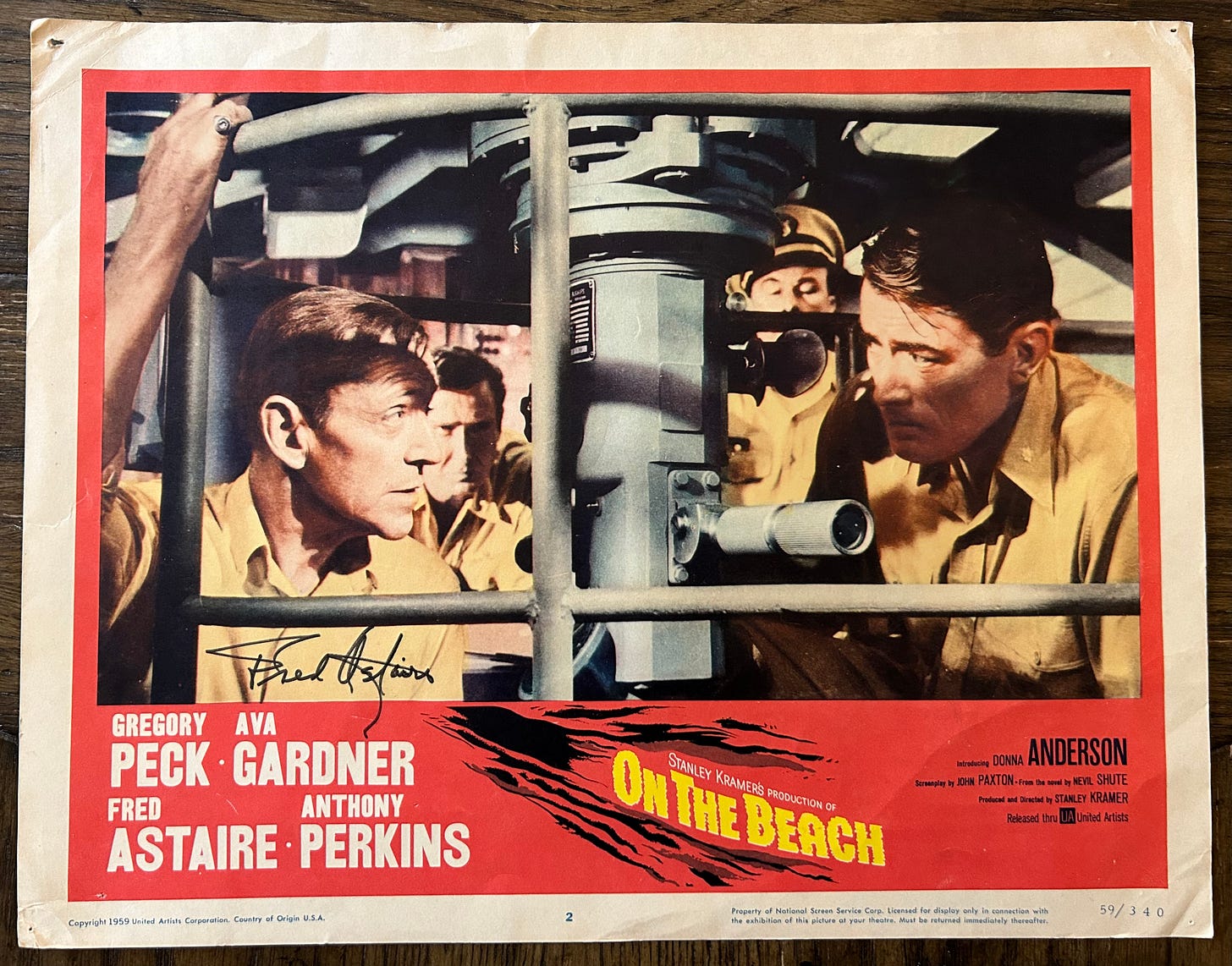
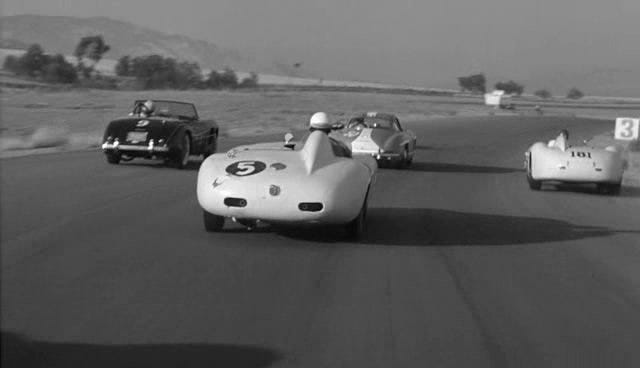
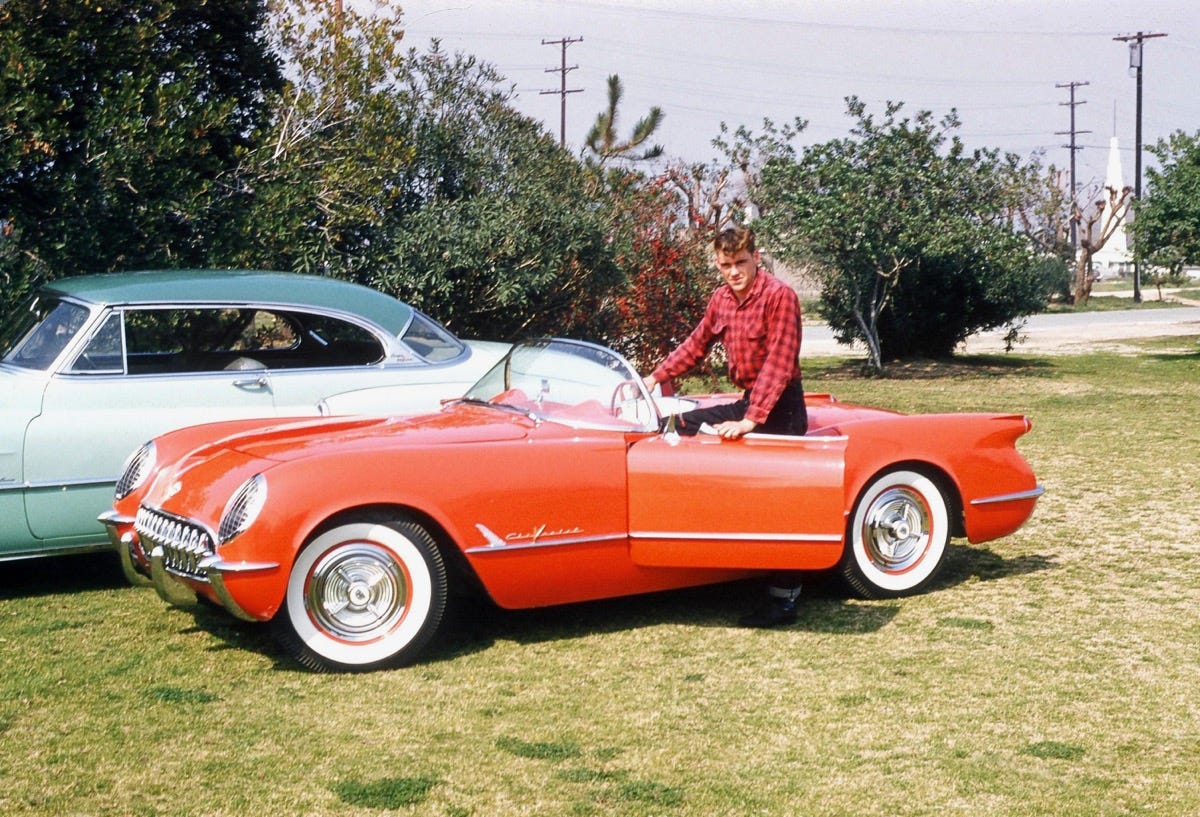
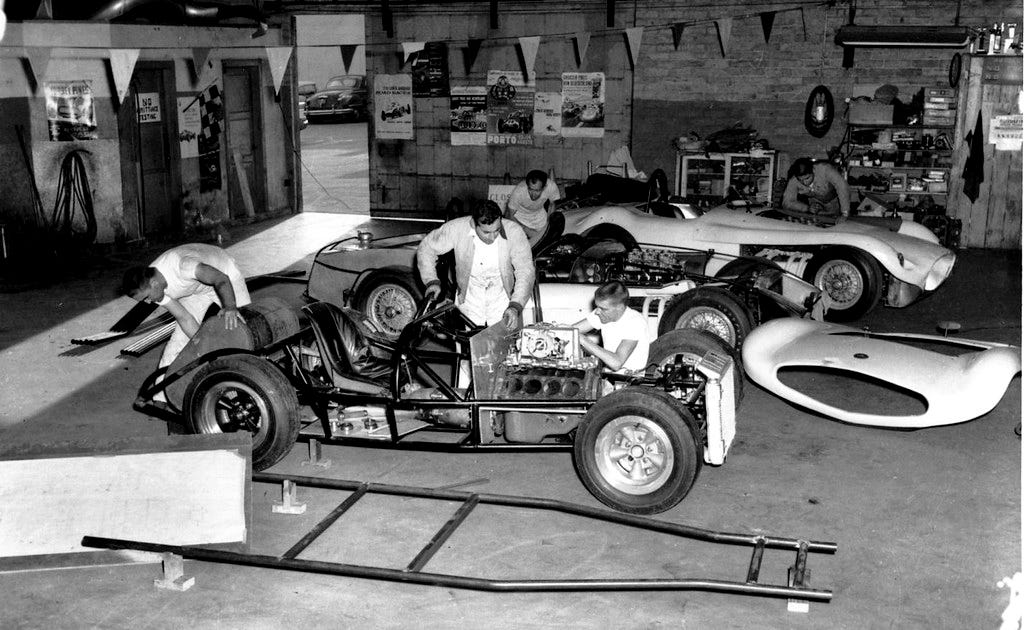
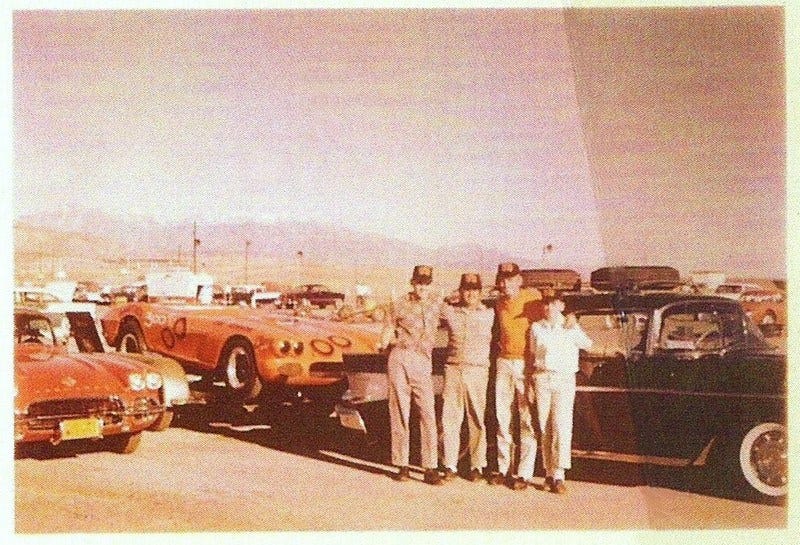
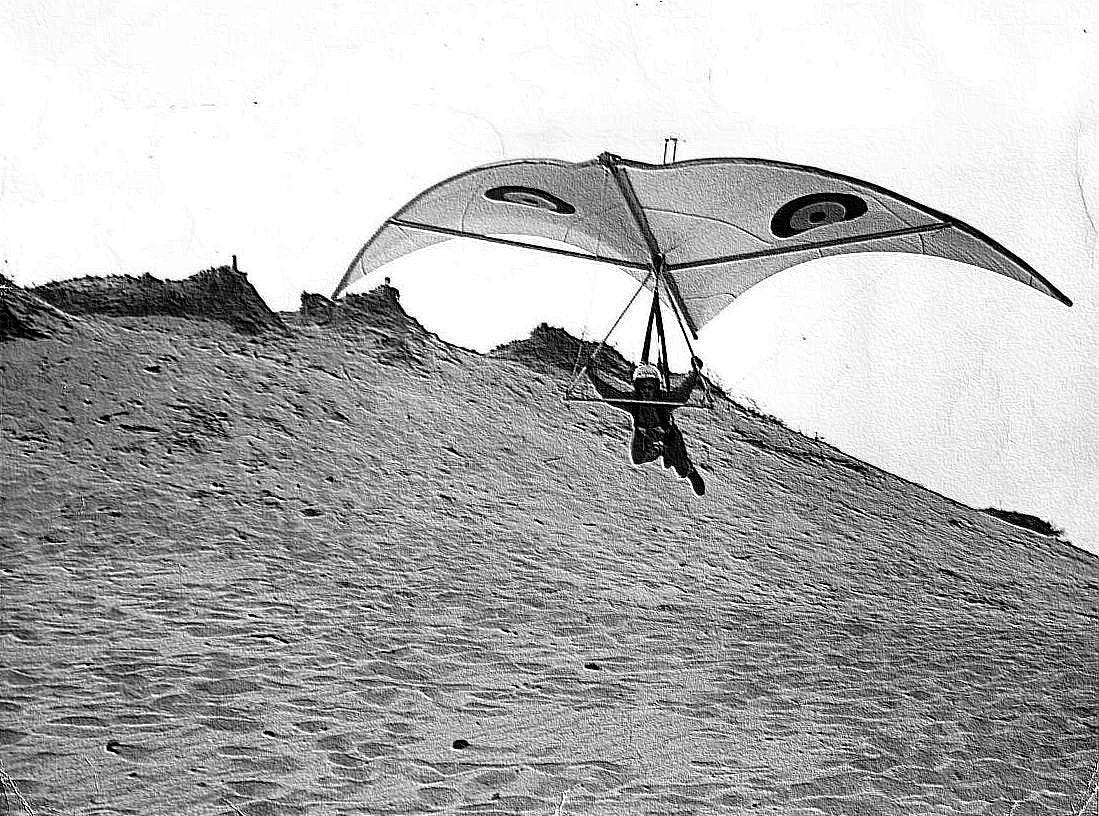
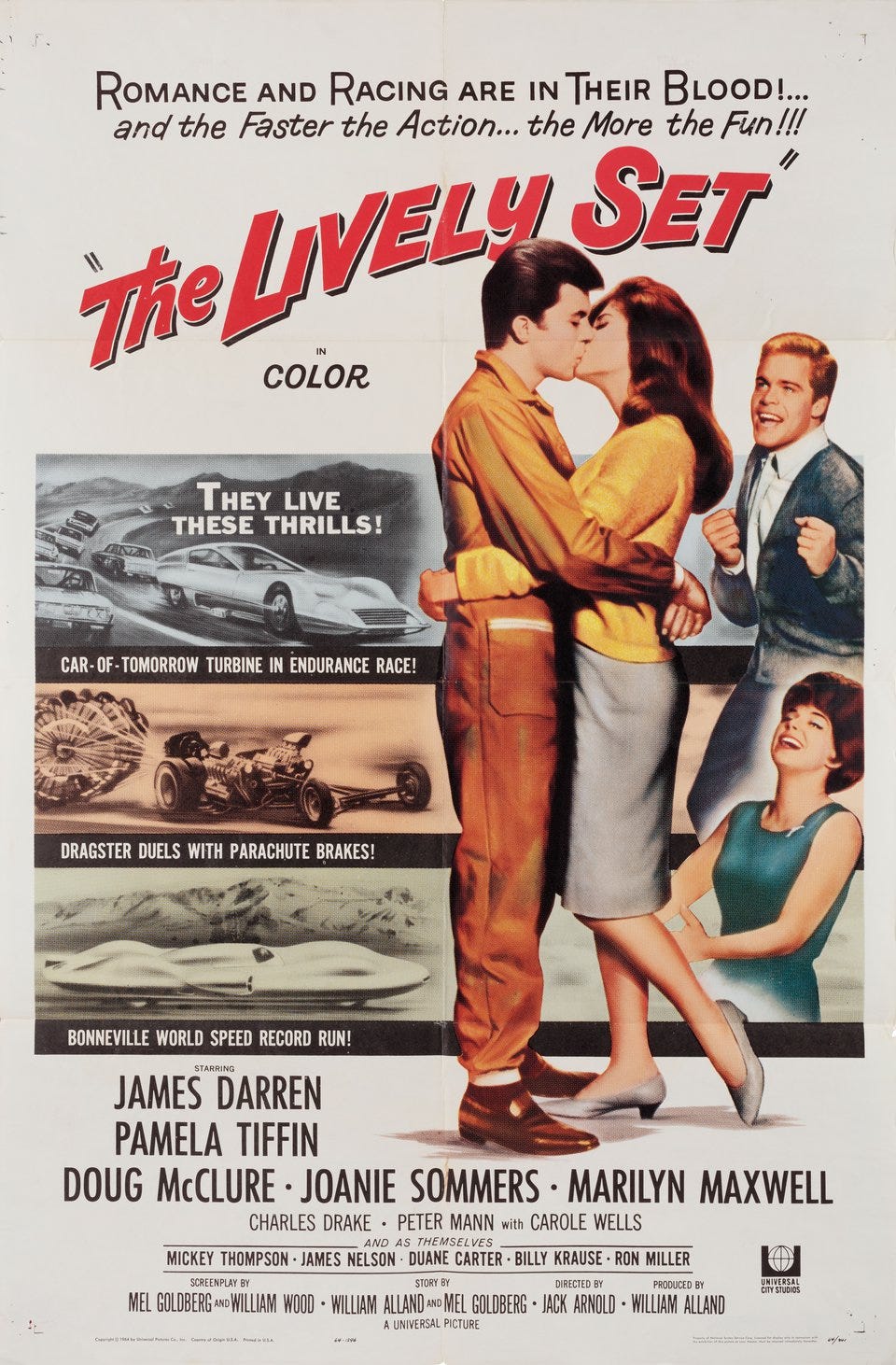
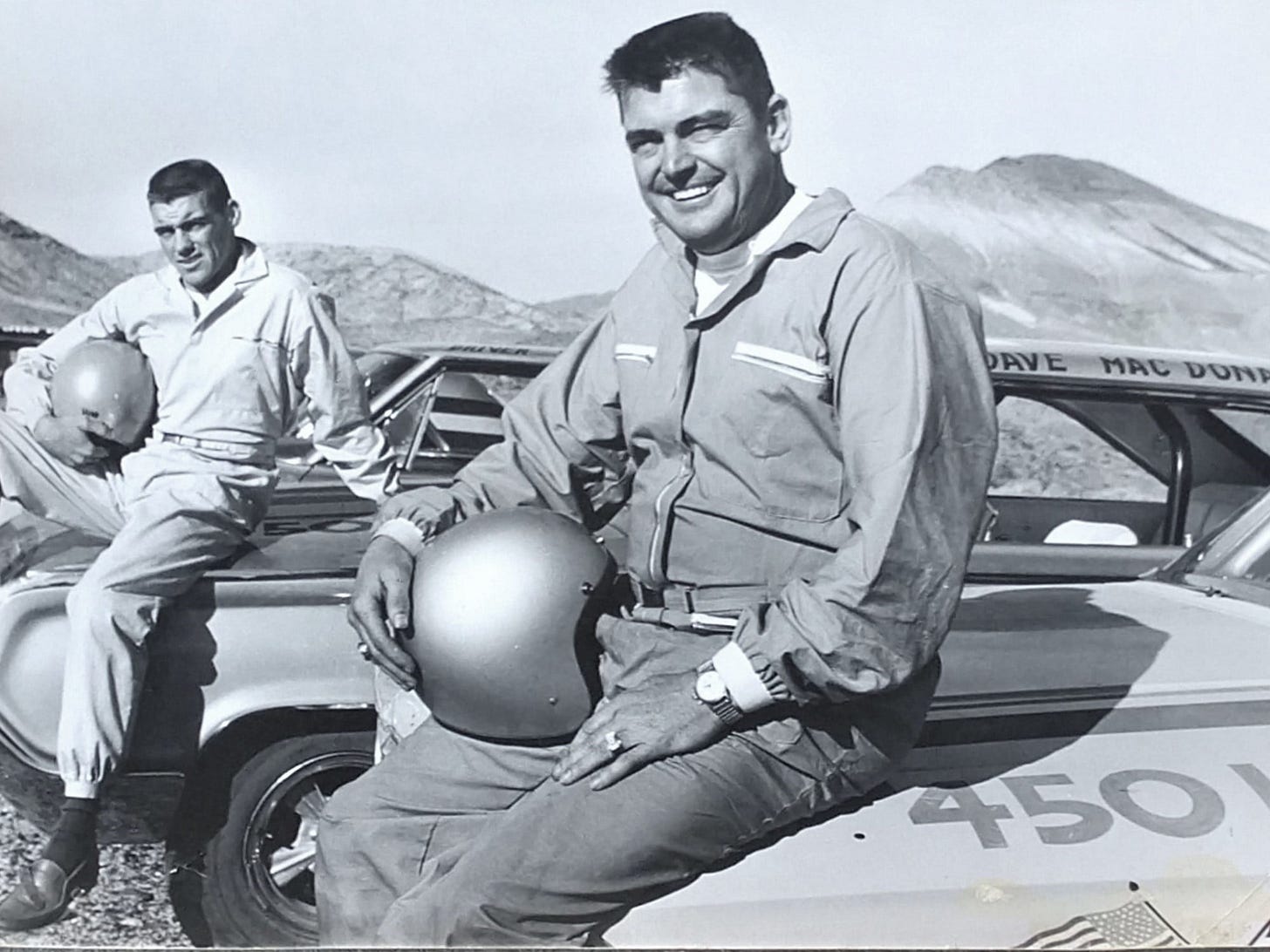
I was 9 in 1964, my first and only in-person Indy 500.... A.J. Foyt won, and we didn't know anyone had been killed until the race was over. Your Substack is sometimes like a big nostalgia trip for me. I seem to have been listening to a lot of records your brother was listening to, and then some. Your obsession with details is always appreciated as well!